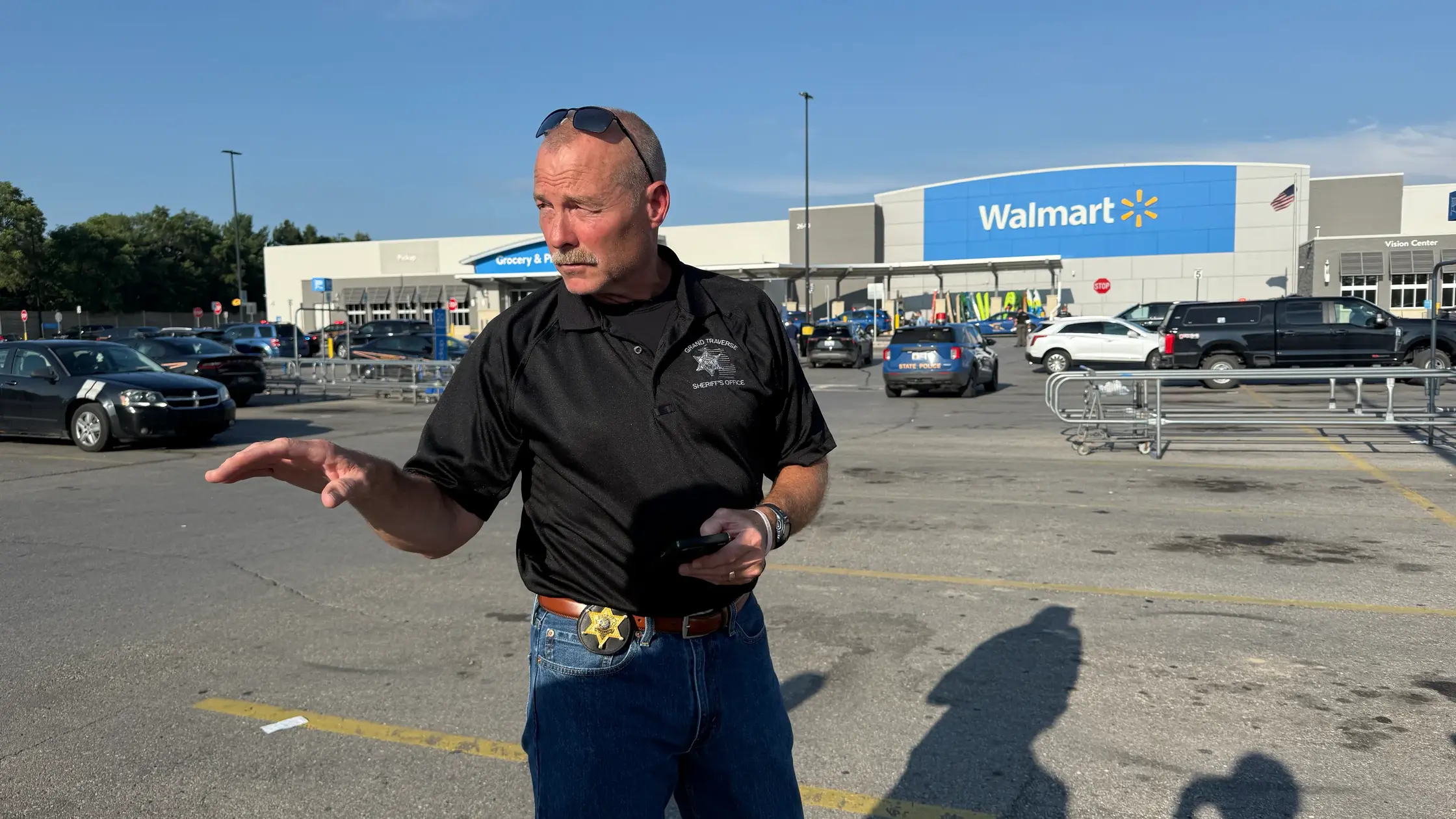T4K3.news
Three 9/11 victims identified thanks to DNA advances
DNA testing has identified three World Trade Center victims, offering closure for families after two decades.
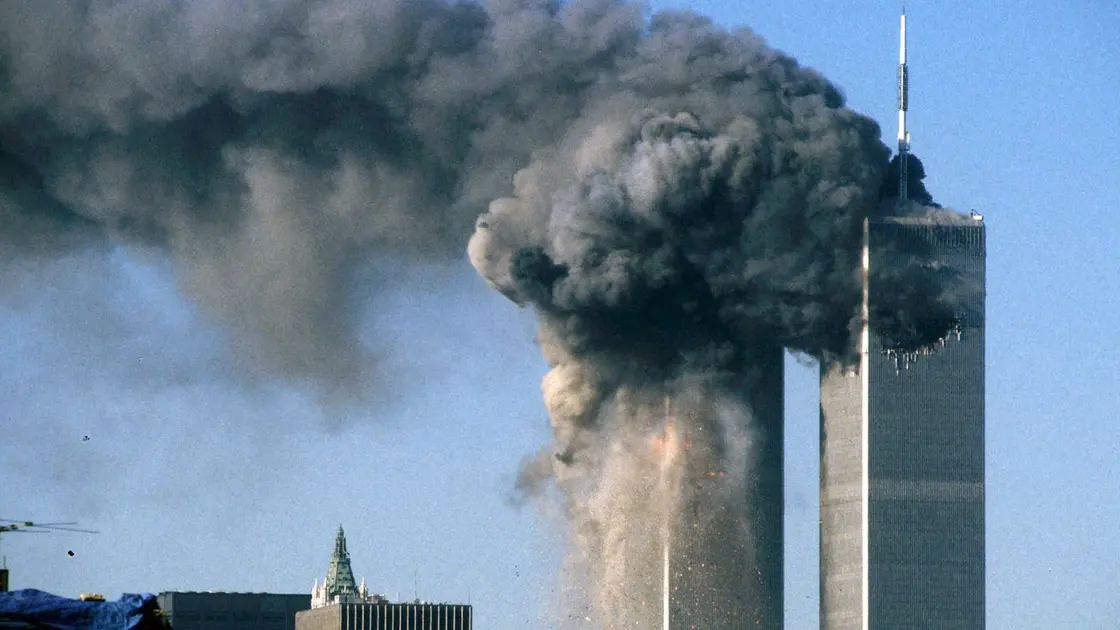
DNA technology reexamines World Trade Center remains to identify three victims as techniques improve.
DNA advances identify three 9/11 victims after twenty years
New York City officials say the remains of three World Trade Center victims have been identified thanks to advances in DNA testing. The identified are Ryan D. Fitzgerald, 26, a currency trader; Barbara A Keating, 72, a retired nonprofit executive; and a third woman whose name will remain private at her family’s request. The remains were recovered in 2001 and 2002, during the early cleanup of the site. Chief medical examiner Dr Jason Graham called the identifications a testament to science and to the families who have waited for years.
The update comes as the medical examiner’s office continues to retest fragments with newer genetic techniques. Keating was aboard American Airlines Flight 11 when the hijacking led to the attack on the North Tower. Officials say the broader effort has identified more remains over the past two decades, but roughly 1,100 victims still remain unidentified. In this case, a link to relatives was strengthened by a hairbrush sample, which helped confirm the match that toxicology and other fragments alone could not provide. Mayor Eric Adams stressed that the city remains committed to supporting families and sustaining this mission.
Key Takeaways
"Science keeps faith with the lost"
A concise reflection on the role of science in remembrance
"Years after the tragedy, a new ID brings quiet relief"
Comment on the emotional impact of late identifications
"Each identification honors science and families"
Linking scientific progress to family closure
"The work continues because memory requires ongoing care"
Emphasizing the long arc of this effort
Forensic science is evolving faster than grief. Each new identification shows how long stored material can yield names, offering closure while also reopening old memories for families and communities. The process also reflects a public commitment to reverence and transparency, even as the city moves forward. This work depends on steady funding, technical expertise, and careful handling of sensitive family information, which can influence public trust in the system.
Highlights
- Science keeps faith with the lost
- A new ID brings quiet relief years after tragedy
- Every identification honors science and families
- The work continues because memory requires ongoing care
Sensitive topic around 9/11 victims
The article discusses identifications of remains from the 9/11 attacks. While respectful, it touches on tragedy and family grief. Reporting should maintain sensitivity to relatives and survivors and consider potential public reaction to ongoing disclosures.
The city’s memory lives in the patient work of science and the voices of those left behind.
Enjoyed this? Let your friends know!
Related News
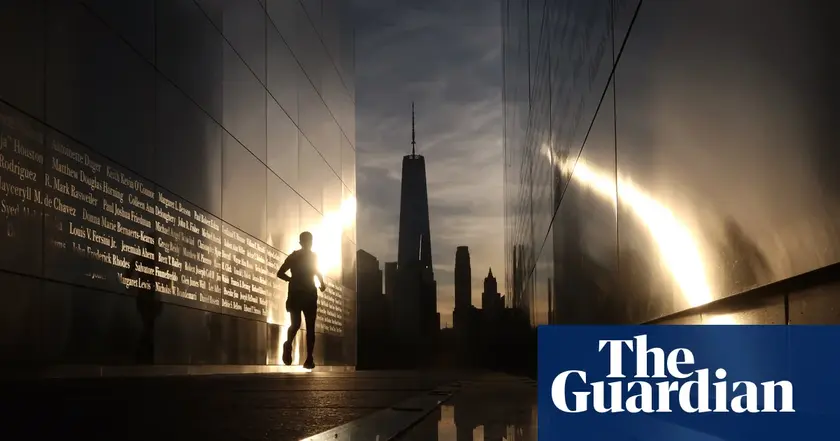
Three more 9/11 victims identified in New York City
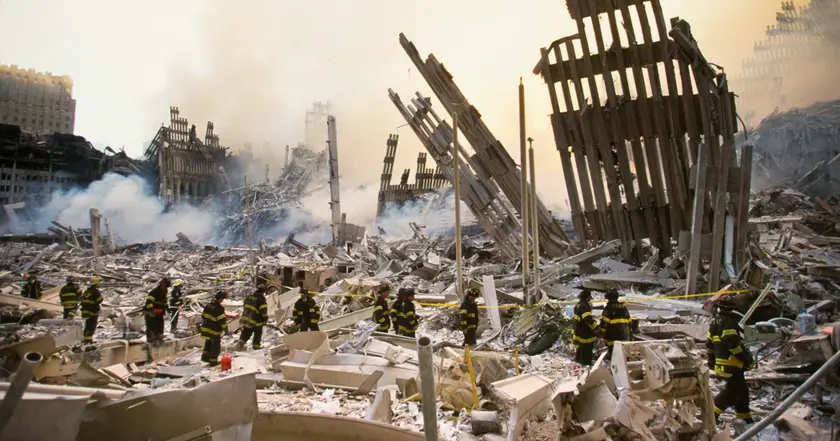
Three more victims of 9/11 confirmed identified

Lucid announces Q2 2025 financial results
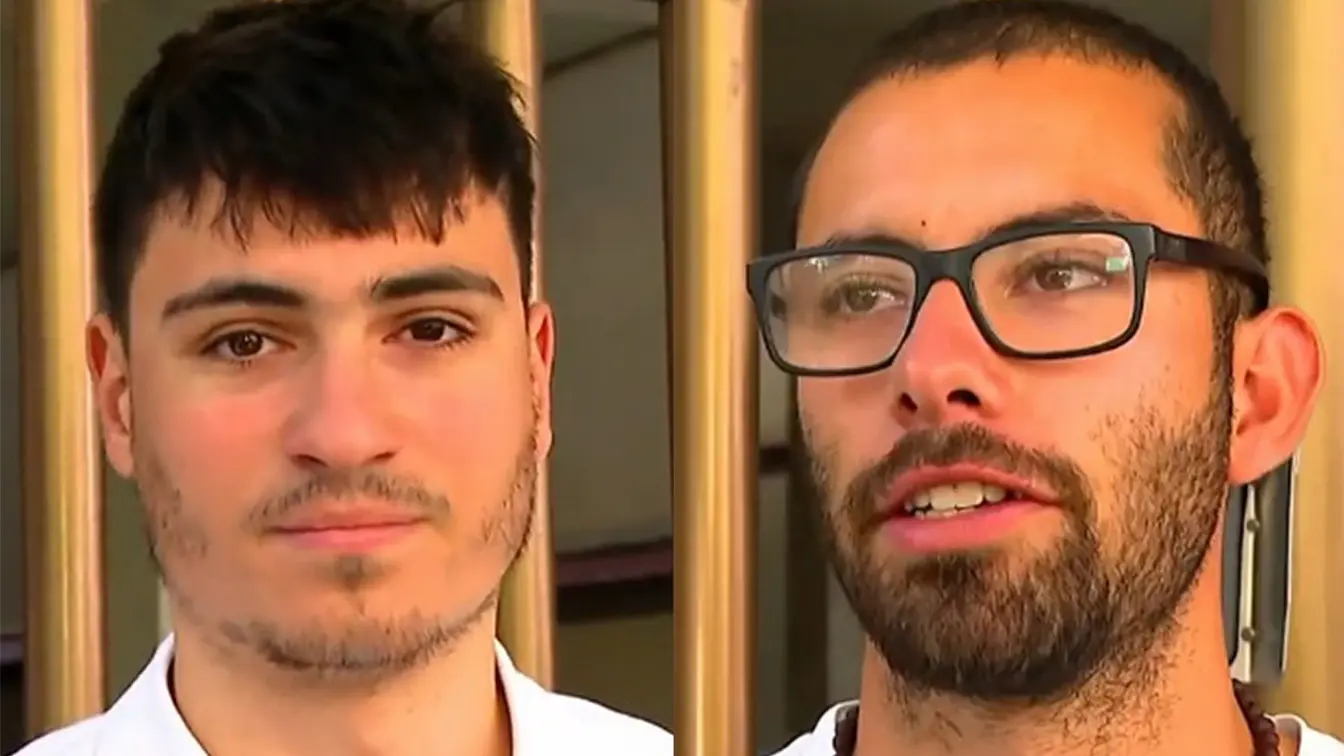
Briton Drugged on Ipanema Beach Highlights Rio Scam Surge
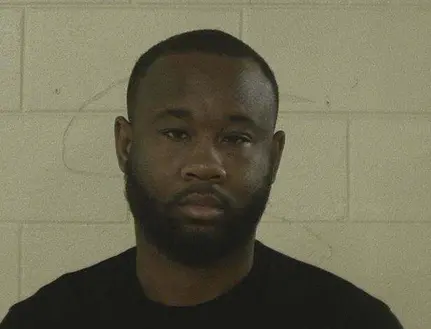
Fort Stewart Shooting Suspect Identified
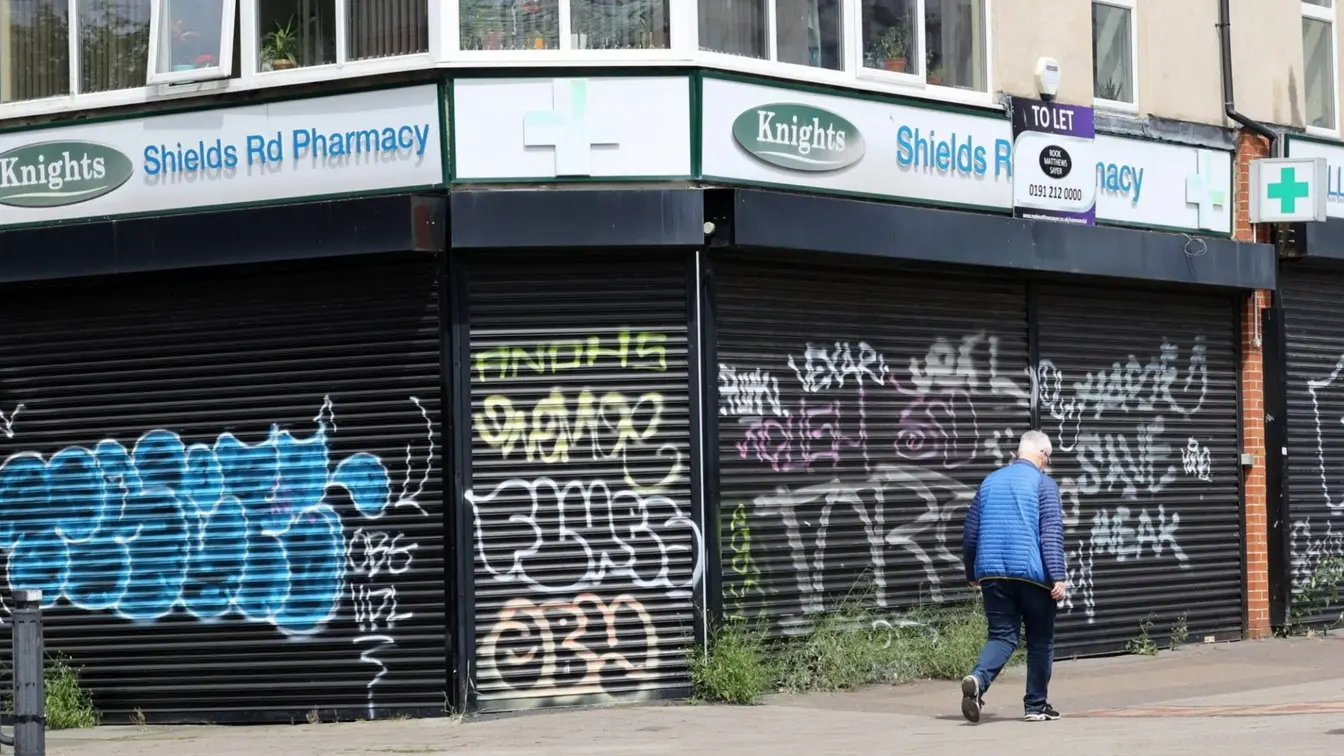
Acid attacks surge in Northumbria region prompting policy response

Russian offensive campaign assessment updates
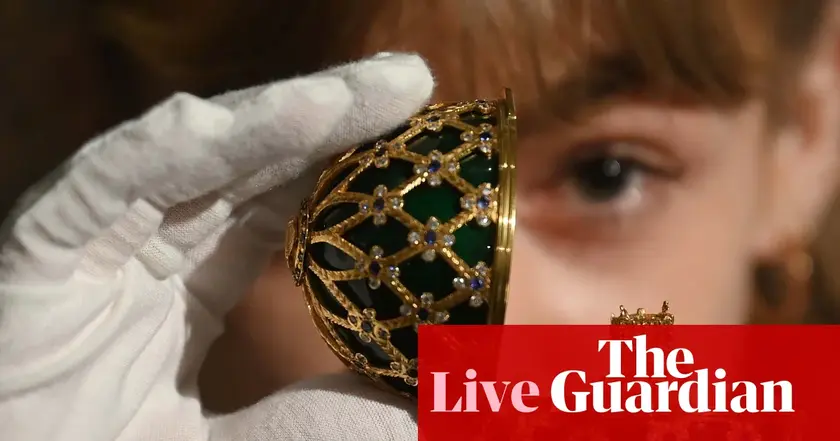
Markets rise as Ukraine talks loom
